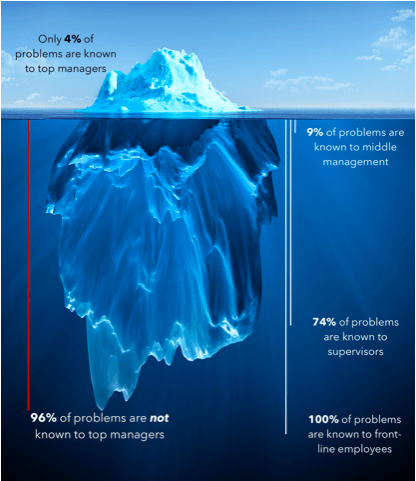When I was a young boy, Saturdays were special days. My dad would often take me to lunch at a very small downtown café where their specialty was chili-dogs.
And still today, those were the best chili-dogs I have ever eaten. I always had mine with cheese, onions, and extra mustard.
The owner was a humble man with a heavy Greek accent and a gentle smile. As he was preparing the food, he would say “hi” to everyone coming in and “thank you” when you went out.
I continued the family tradition as an adult with my boys until he retired.
During the weekdays in the cafe, you would find men in business suits and women in business attire as well as “street people.” But the owner treated everyone with dignity and respect no matter their status in life.
One day while I was eating one of those delicious chili-dogs, I overheard a conversation between the owner and a customer, a business man who also owned multiple restaurants in town.
The business man was trying to pry out of the café owner his secret ingredients… his secret sauce.
The café owner just continued to smile and just shake his head that would signal respectfully “no”.
What are your secret ingredients… what is your secret sauce… for your success?
My secret sauce
My secret sauce was people, people, people!
There are a lot of reasons for my successful business. And over the years, I personally have received much credit for that success. BUT my success is due to our people who made the “railroad run every day”.
My secret ingredients
I had two secret ingredients:
First, what I said and did as I drove for results.
- Asking the right questions…What is the goal? Are we making progress?
Secondly, how I said and did things (by enhancing relationships).
- Saying encouraging words to people, thanking them, and praising them
- Doing nice things for people, patting them on the back, etc.
My success was discovering that there were two ways of “doing” – i.e. how I did things (enhance relationships).
- As mentioned above – Doing nice things for people, patting them on the back, etc..
- But it was the second way that I discovered was my strongest ingredient of how I did things (enhance relationships). It involves tapping the knowledge and expertise of people before making a decision.
Every leader can experience success by involving their employees in the decision-making process.
The Problem
Most leaders don’t ask their employees to offer ideas or to participate in the decision-making process.
Insight: Part of your current frustrations as a leader comes from not being aware of the underlying problems in your organization. And there is a lifeline of valuable information right under your nose, but you don’t see it!
The Iceberg of Ignorance
This is a powerfully illustration in the acclaimed study, “The Iceberg of Ignorance”, by consultant Sidney Yoshida.
The study concluded: “Only 4% of an organization’s front line problems are known by top management, 9% are known by middle management, 74% are known by supervisors, and 100% are known by front line employees.”
Solution
When you are at the beginning of a decision-making process, you need all the input you can get to make the best, informed decision.
And your people, especially those who are on the front lines of your organization, hold the answers to many of your questions!
Your people can bring front-and-center all the knowledge they have of problems in the organization to which the leadership is blind.
How do you get people involved?
Empowering leaders seek input from their employees at the very beginning of the decision-making process and before making a decision.
And they do so by both…
- MBWA (management by walking around) is an unstructured manner of walking/wandering through the workplace to talk with employees or inquire about the status of ongoing work.
- Group exercises to brainstorm and facilitate ideas and thoughts.
Also, empowering leaders ask:
- Who can help me make a better decision?
- Who will have to carry it out?
- Who will be impacted by it?
Comment: This is NOT decision-making by a committee. The leader still must make the final decision.
Why is this important?
If the problems remain unknown to the leadership, they will impede the execution or diminish the results of even the best-laid plans.
Informed decisions
Your people are in a better position to know what kinds of things might get in the way of implementing decisions that are made and plans that are laid-out.
Therefore, their input will grease the skids for implementation/execution of the decisions and plans.
Ownership of ideas
When you sincerely solicit their thoughts and ideas, they are more likely to see themselves as full-fledged members of an outstanding TEAM, and they will be prepared to weather the impact of decisions and plans.
And if you implement this “how you do things” principle, your employees are going to get real excited about being asked for their ideas and involvement.
They will also have a better understanding of and commitment to the decisions that they collaboratively set.
What an excellent way for your people to feel a sense of achievement and the recognition for achievement because they were involved in the development/creation and implementation of decisions made.
Peak performance
Once I began to encourage our people to be actively involved and participated in the decision-making process, I was able to build a peak-performance TEAM that achieved extraordinary results.
And you too can achieve positive outcomes and extraordinary results by tapping this important principle – How you do things (enhance relationships).
Can you just taste success and victory? What is your secret sauce… your secret ingredients? Could you share your comments <here> and share this blog post with a friend and co-worker?



